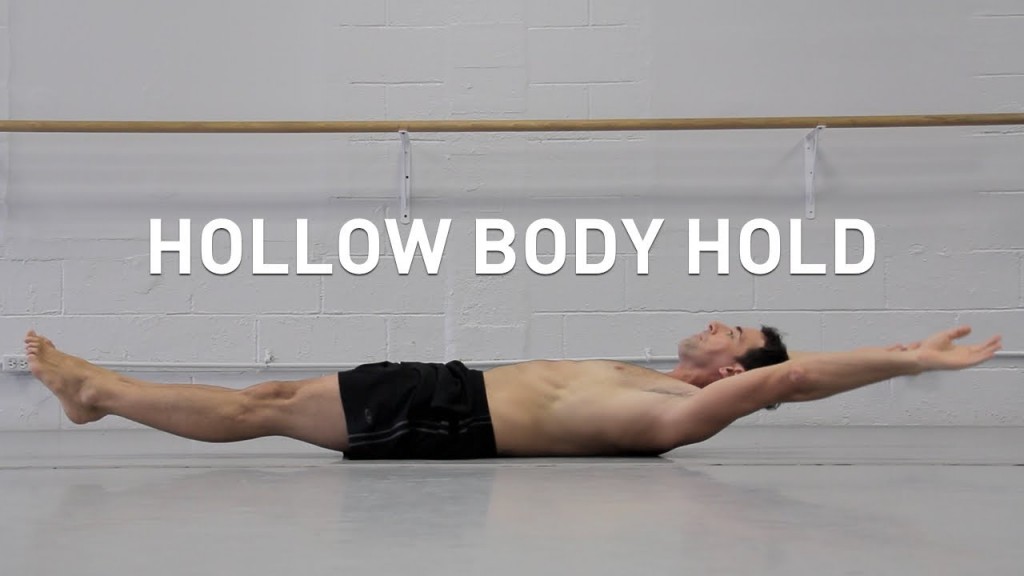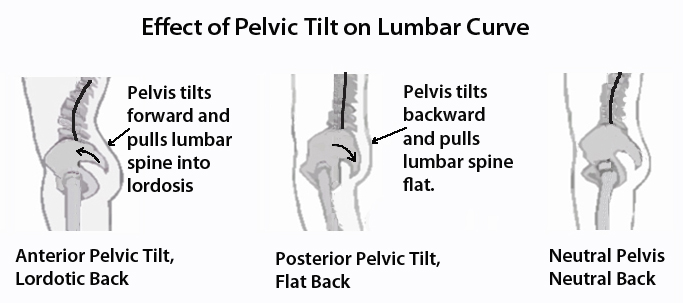What is the Hollow Body Position and Why is it Important?

This is quite a convoluted subject and a lot of people say it means different things, so here’s some help…
Normally your spine looks like this:
![Look at all those [natural] curves.](https://antranik.org/wp-content/uploads/2024/09/curves-natural-spine.jpeg)
But in a STRAIGHT handstand we want the spine (notably the lower back) to be flat like this as much as possible:

We literally want the bones stacked on top of each other so the muscles don’t have to do as much work. That’s how handstands can become effortless for hand-balancers.

To help achieve this, the hips must be in a “Posterior Pelvic Tilt” because that makes the vertebrae in the lower back get stacked on top of each other. If we don’t try to replicate this straight handstand, we could have a banana-back handstand with an arched back which is a very bad habit to break out of.

To achieve posterior pelvic tilt: Stand up and when you squeeze your glutes… notice how that makes your hips tilt back because the glutes are your most powerful hip extensors. That’s why you should be squeezing the glutes AND the abs to lock that position.
(It’s also a way to prevent anterior pelvic tilt syndrome by following this sequence on how to sit perfectly in 5 seconds.)
Master the hollow hold exercise to get your abs strong enough to maintain that position
To practice this posterior pelvic tilt and be able to mimic it while upside down (which is not easy), we must master the hollow hold.
In the video below, I go through 5 bodyline drills: Plank, Side Plank, Reverse Plank, Hollow Hold and Arch Hold. You could start it at 5-minutes in if you want to view only the hollow hold execise. Try to hold it with me for the time that I do.
The hollow hold exercise coincidentally happens to be one of the most difficult ab exercises. I find people doing the hollow body exercises wrong ALL THE TIME. Not saying you are, but I seriously mean it, I see it ALL THE TIME where they bring the legs too low and the lower back is slightly off the ground and they think they are in a hollow position. They are not. If your lower back is off the ground, YOU ARE NOT IN A HOLLOW HOLD, STOP KIDDING YOURSELF.
Swallow your pride, raise your legs enough so that your abs can flex the spine enough to keep the lower back flat on the floor. Flex your abs harder and hold on for dear life for one solid minute.
Why is it called the hollow body position?
Look at the stomach of the hand-balancer above and you’ll see the belly is sucked in, as if there’s nothing there, so it looks hollow.
Is there more to the hollow body position?
YES! The hollow body is a FULL body position and I’ve only touched on the position of the hips specifically because that is the most important bit of it in my book. And besides, that’s what it means to be hollow, to have the lower back flat and the ribs are not flaring out.
The hollow body is not only important for handstands, but countless other gymnastics exercises. And here’s the kicker, the position of the upper back will vary with the exercise. That is a source for confusion for many people. For example, you want to be in a hollow body position for both the front lever and planche. In both, you want to have a flat lower back (posterior pelvic tilt), but the upper back must be engaged differently:
- In the front lever you want to practice retraction of the shoulder blades.
- In a planche you want to practice protraction.
- In both cases, you want a flat lower back achieved by posterior pelvic tilt.
- Oh and in a handstand, some protraction is going to help to create a stable base.
The hollow position is replicated in literally countless exercises, so it would behoove you to master the hollow hold exercise above and it’s a reason why it’s part of the bodyline drills in my bodyweight-training routine. Hope that helps.






